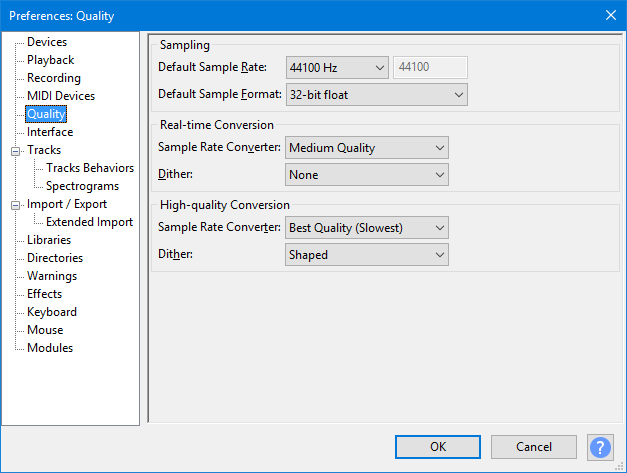

Here, you can preview the effect of each change in the settings before applying it. You can change the sensitivity, frequency, and decibel levels of the noise. If you are not, readjust the Noise Reduction settings. Listen to the audio to ensure the noise is gone, and you haven’t lost part of your content. Then return to Effect and Noise Reduction again to remove the background anywhere it appears in the entire track. Now that you told Audacity what frequencies to remove, select the entire track. Once you do, use the selection tool to highlight it, using the selection process you’ve used earlier. So, make sure you have a part in the recording that is just background noise. STEP 1 - Select a Noise SampleĪudacity needs to know the exact frequency you want to remove to cut unwanted noise from your audio. It is also easy to use in a few short steps. And while you may not have the specialist tools used by big-budget productions, Audacity’s noise removal tool is a more than capable alternative. Unless you are recording in a studio, it is almost impossible to avoid background noise. Removing parts of an audio file at the beginning or middle of a clip is all well and good, but what about cutting out background noise? Yes, you can do that with Audacity too.
#HOW TO EXPORT AUDIO AUDACITY HOW TO#
How to Cut Out Parts of Audio in Audacity (Background Noise) Replay the audio to listen to the change, then export to complete the process. When you select either effect, you will notice a change in the waveform, confirming that it has been applied.

Alternatively, you could simply press Ctrl + O after starting the program.

#HOW TO EXPORT AUDIO AUDACITY MOVIE#
You can use it to split audio files, cut a section out of a song or extract a dialogue out of a movie or TV show. In addition to being free, it is an excellent tool for cutting audio clips, whether you are a hobbyist, aspiring professional YouTuber, podcaster, or interviewer. Audacity is one of the inexpensive ways to edit audio files.


 0 kommentar(er)
0 kommentar(er)
